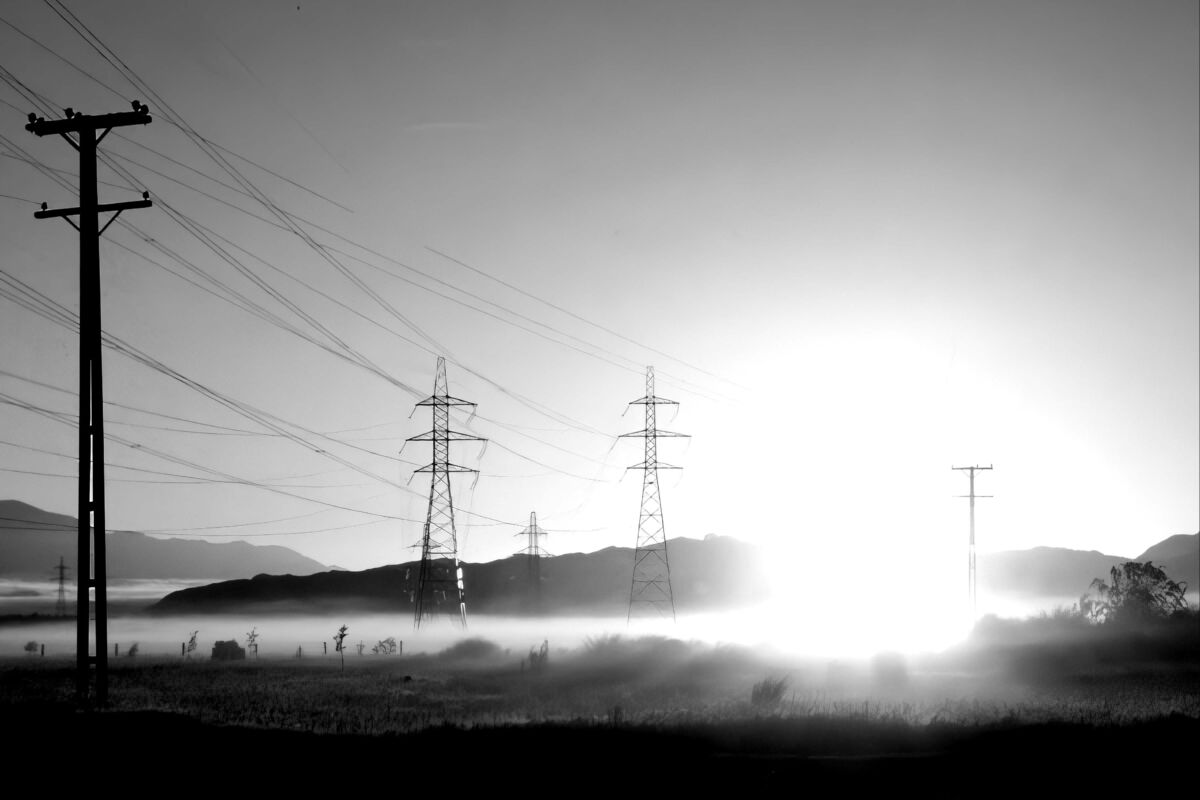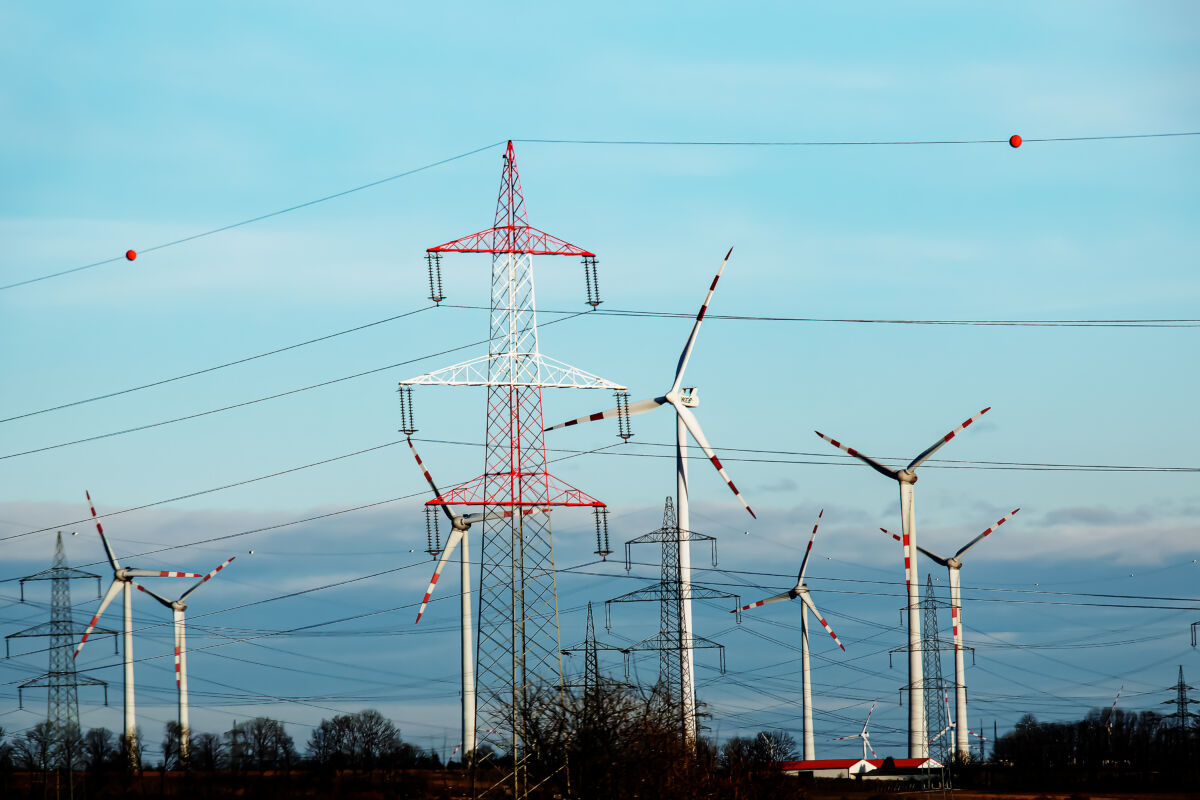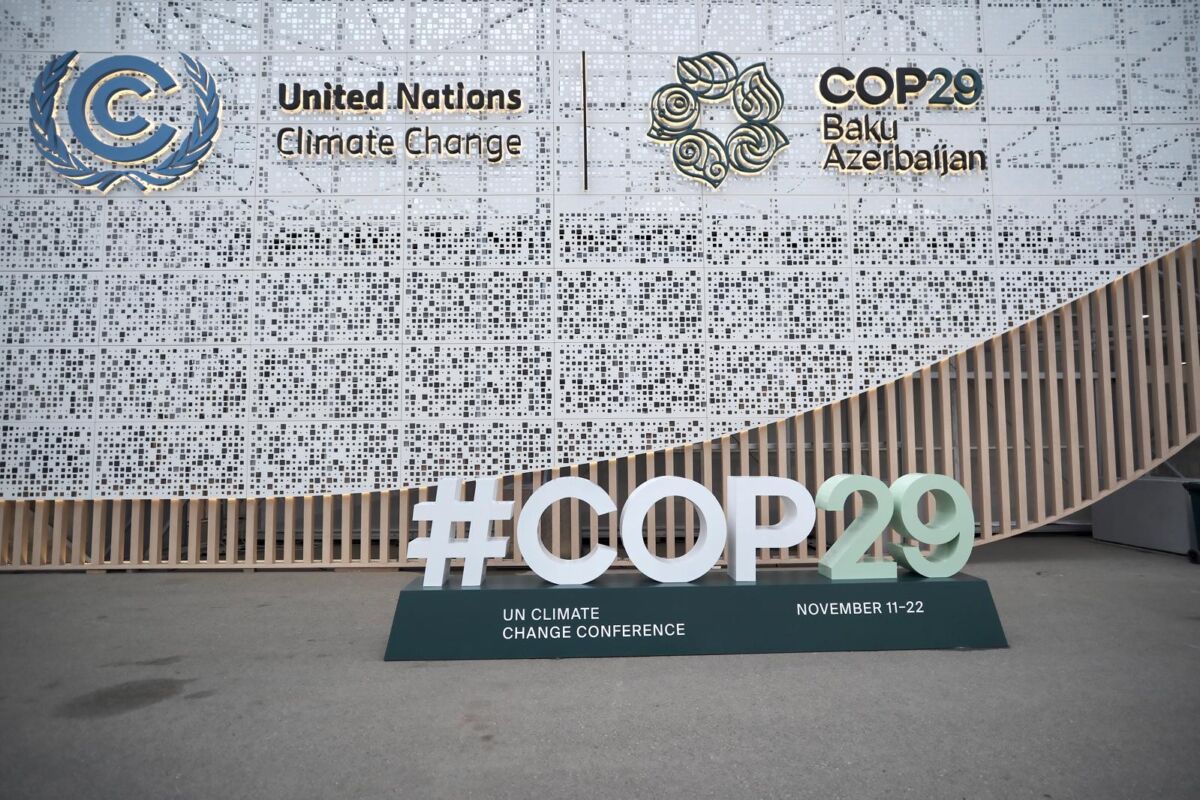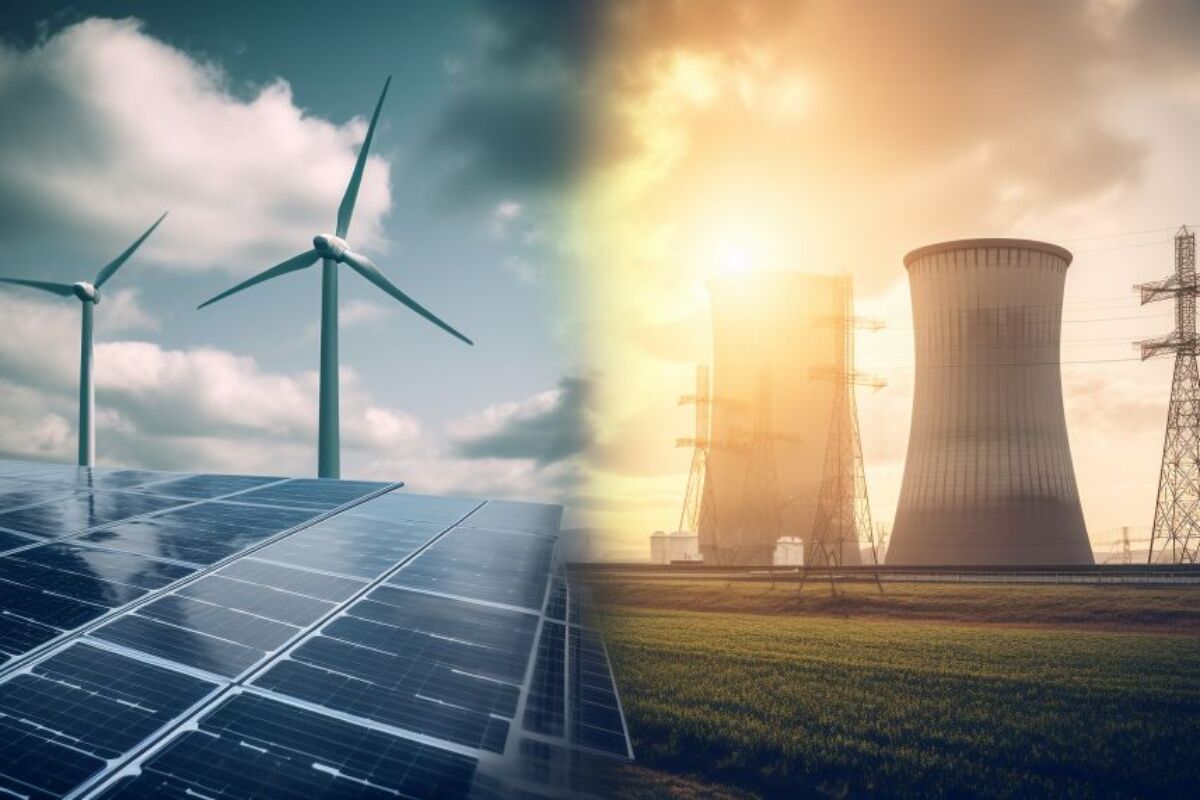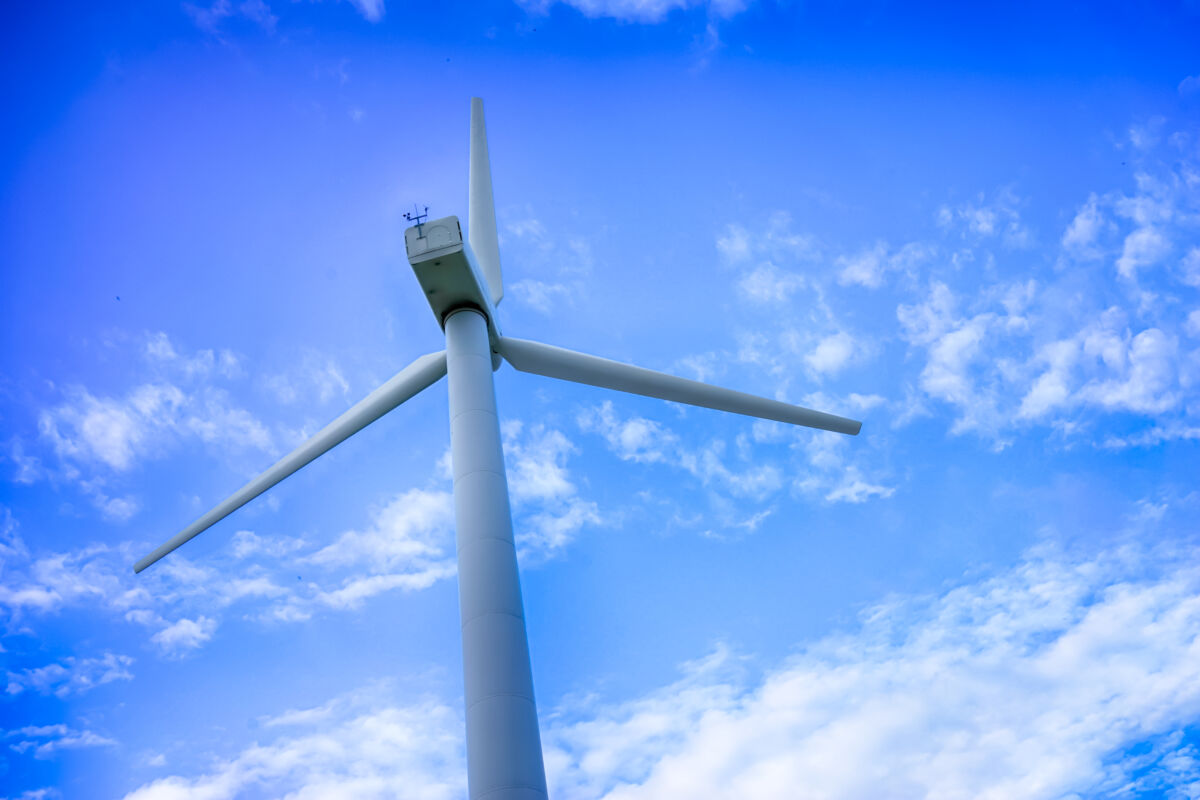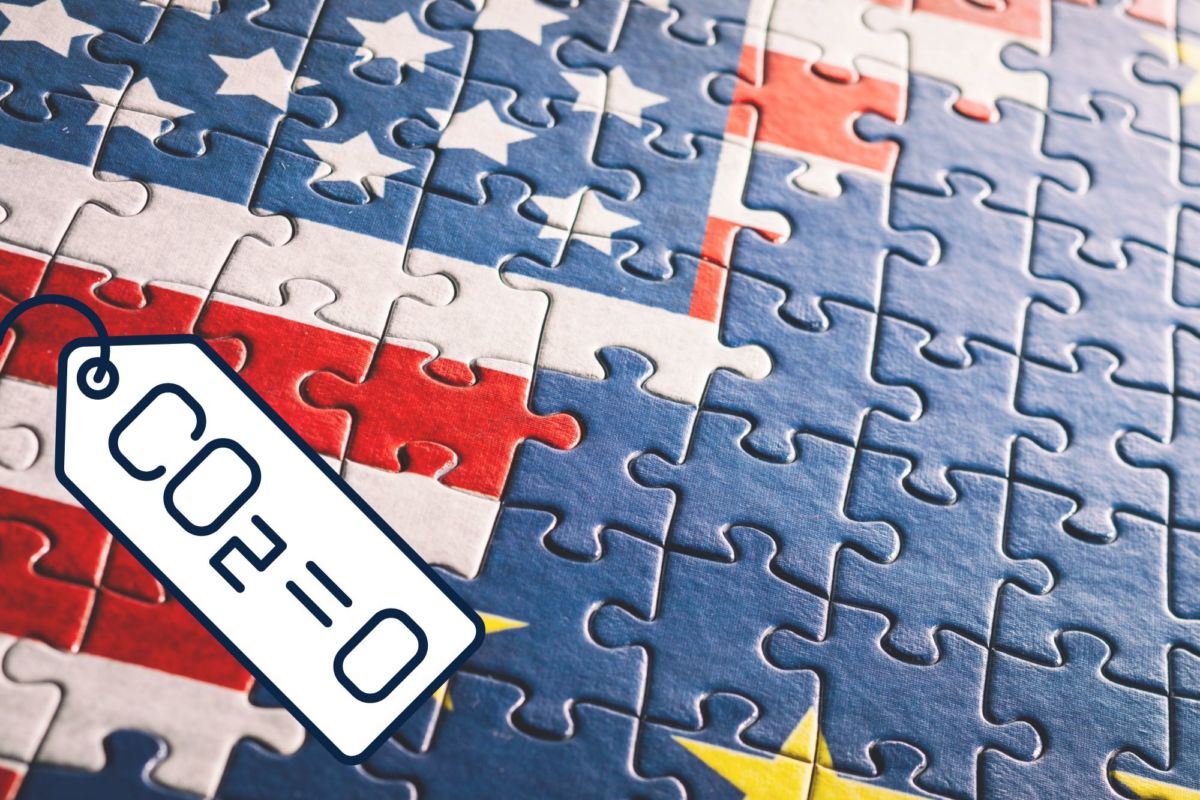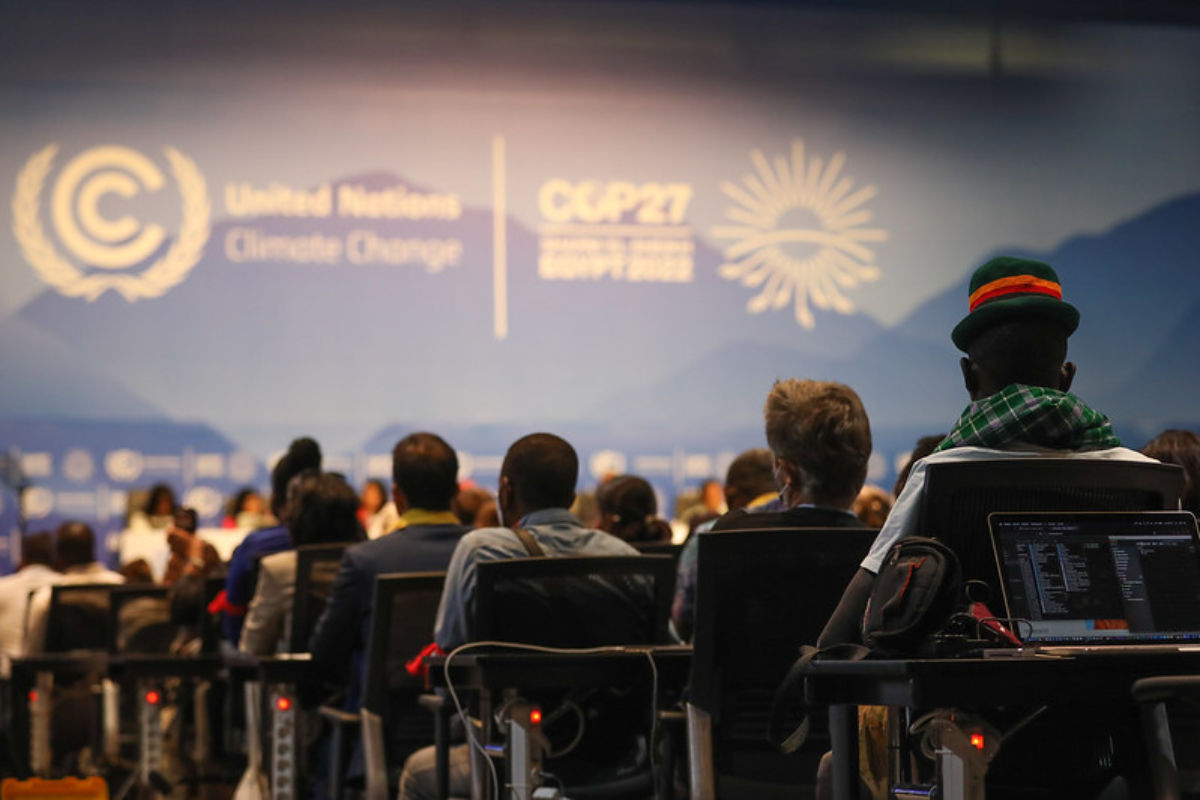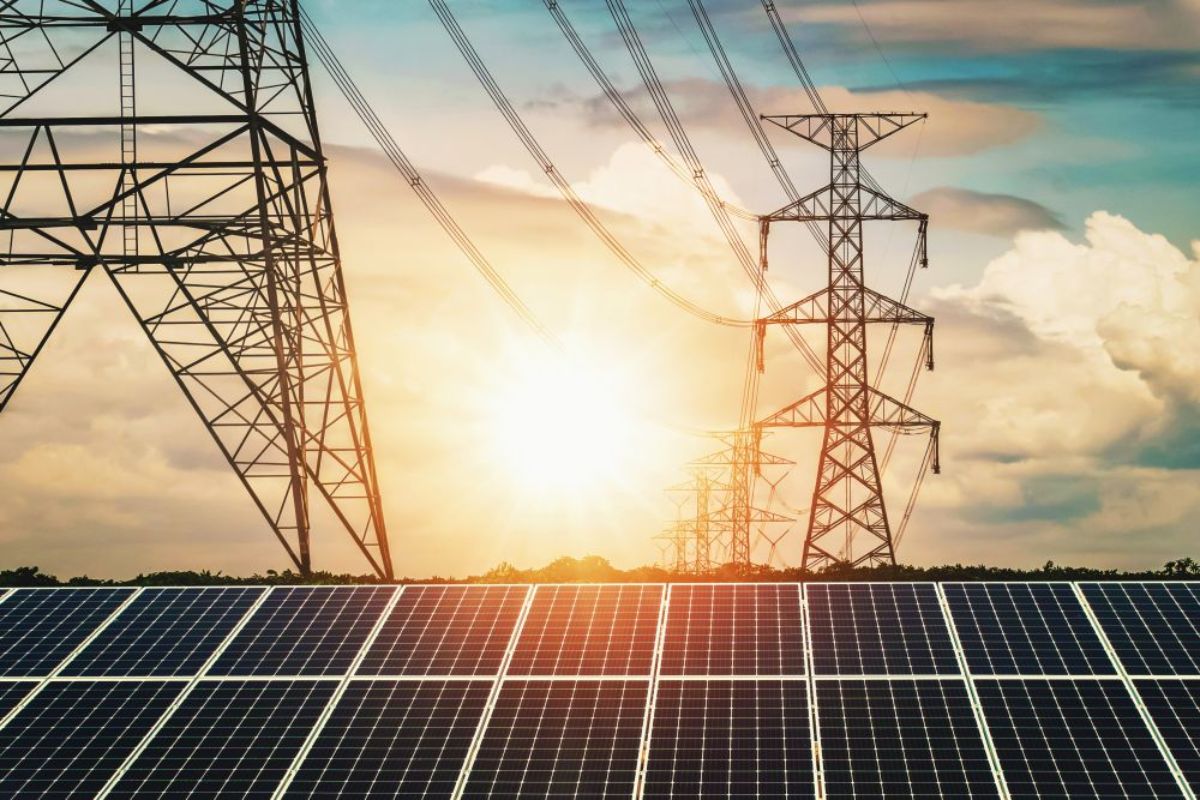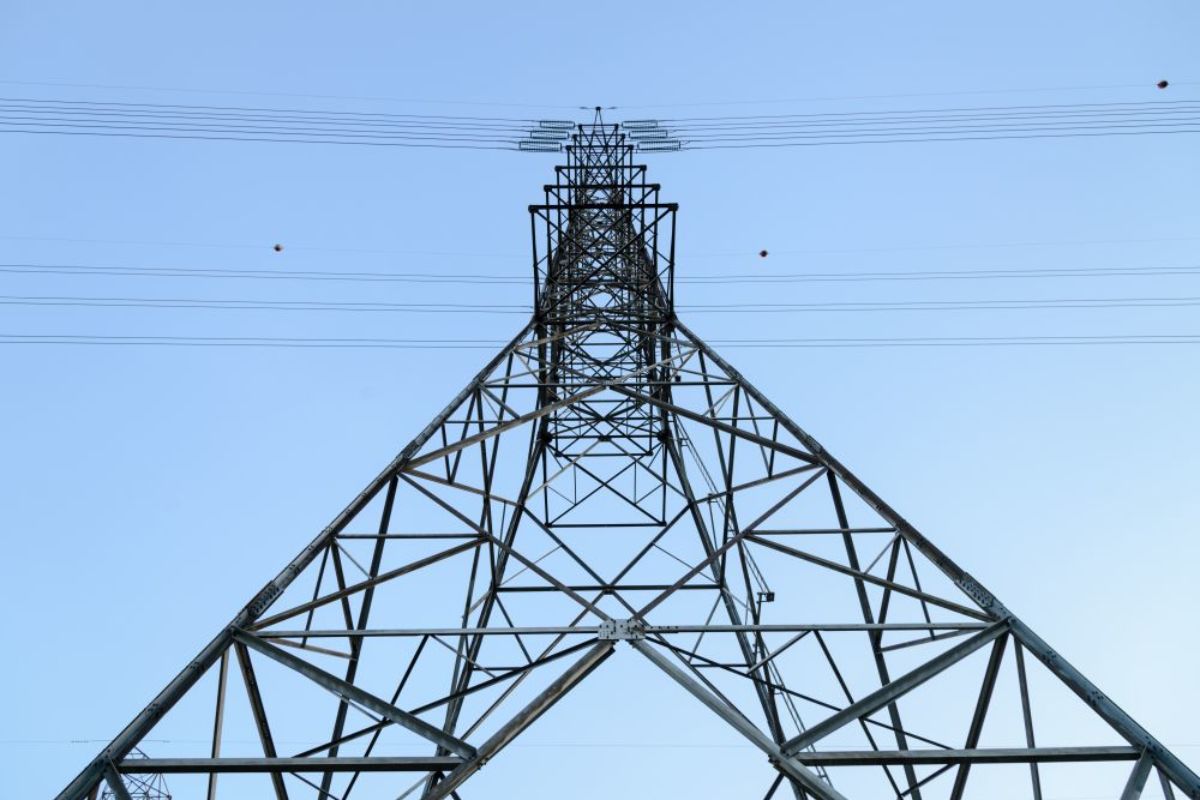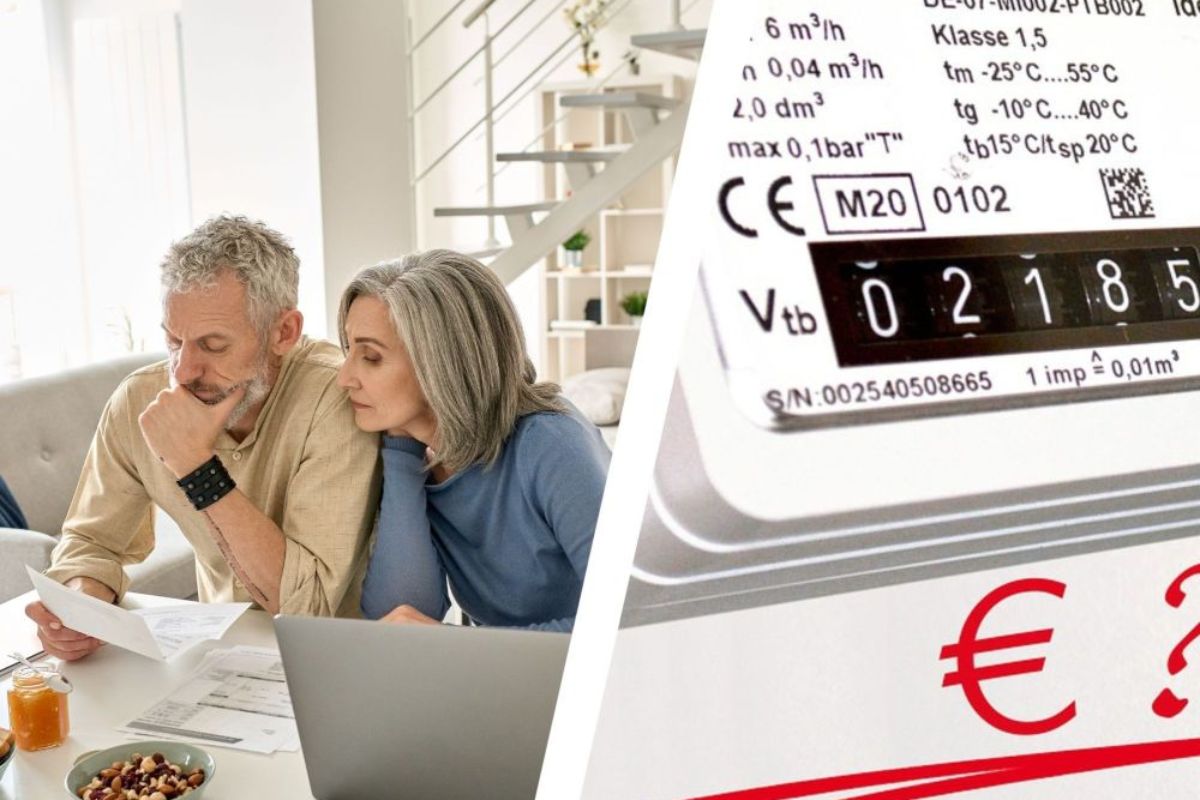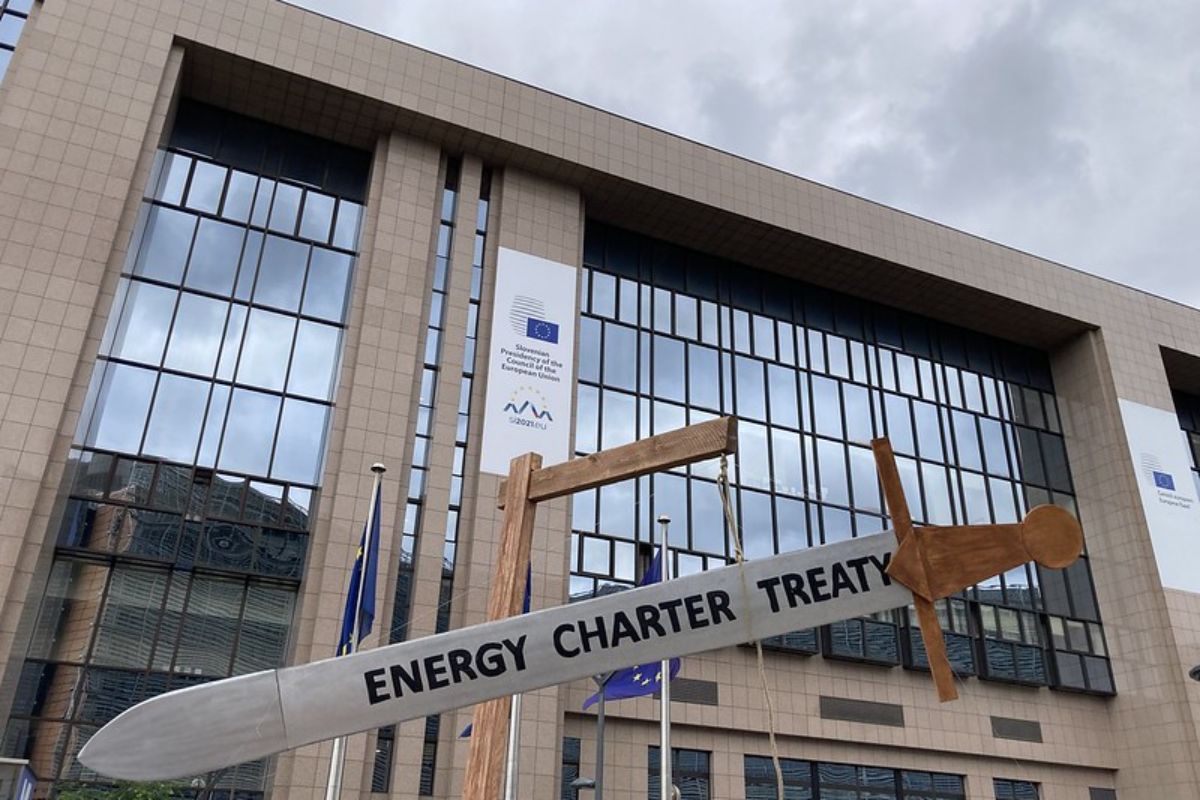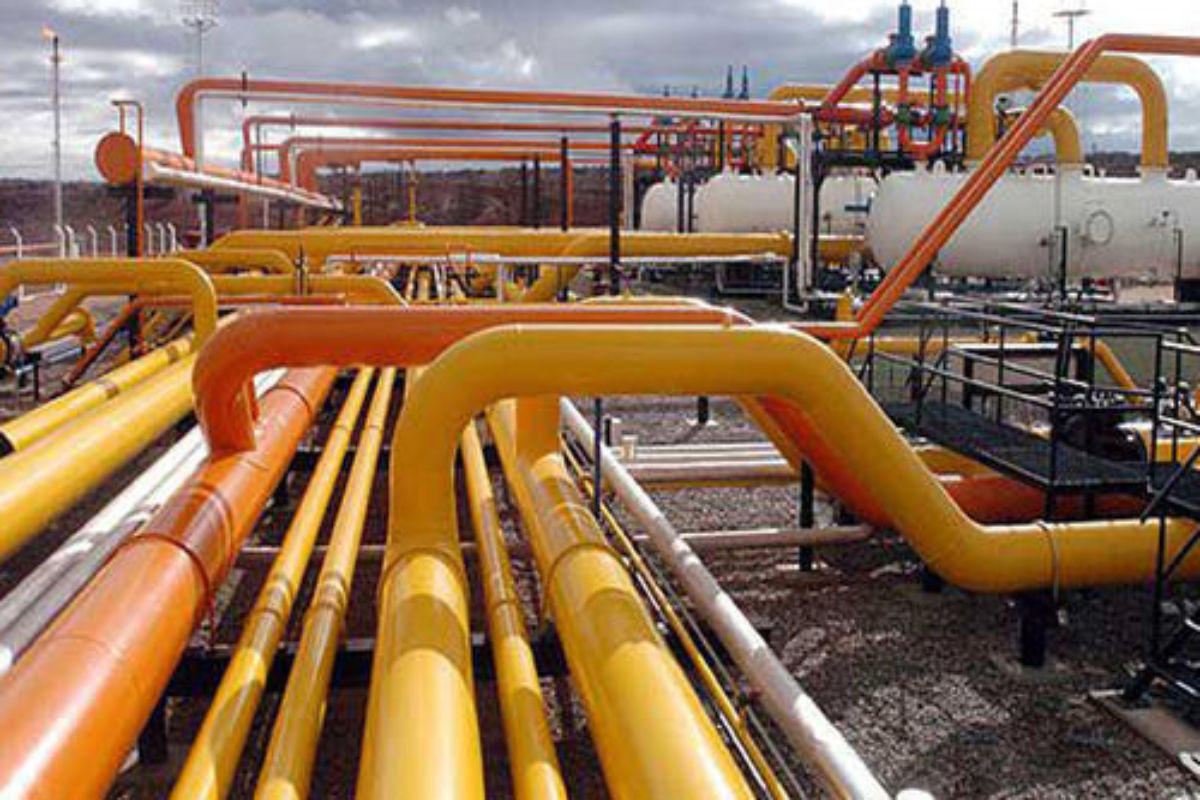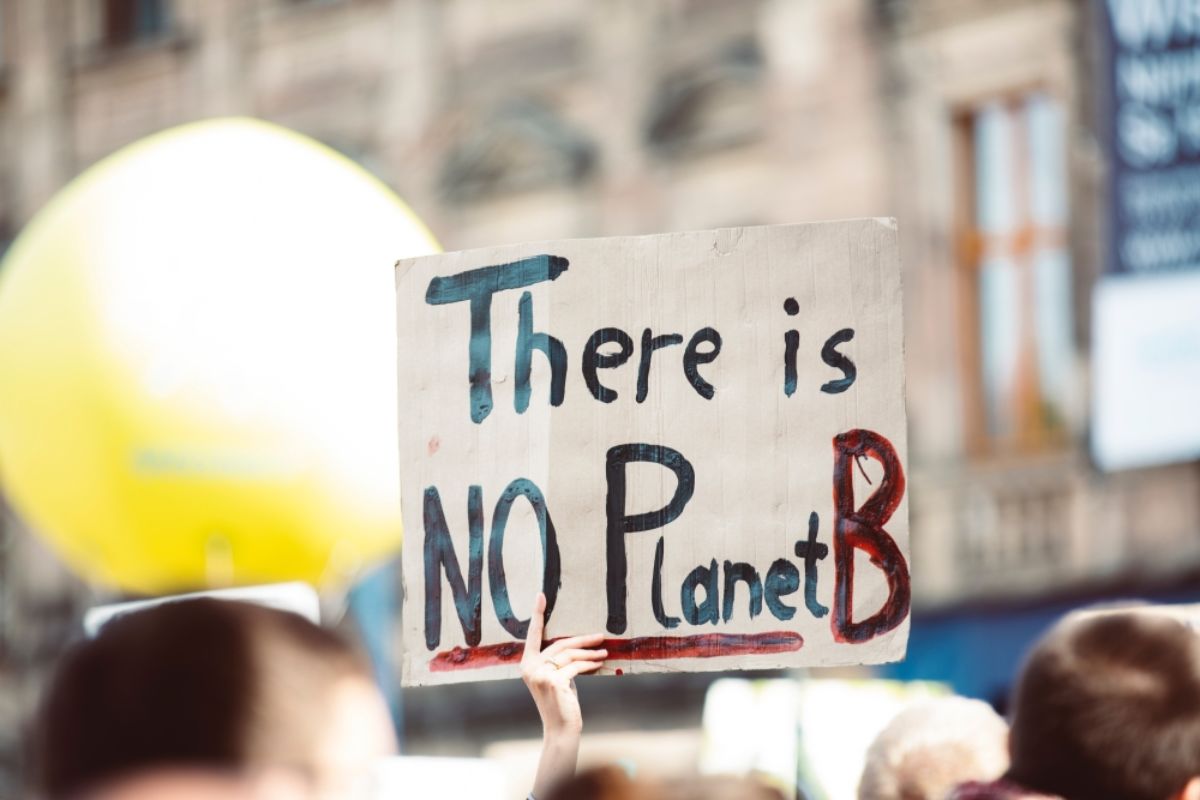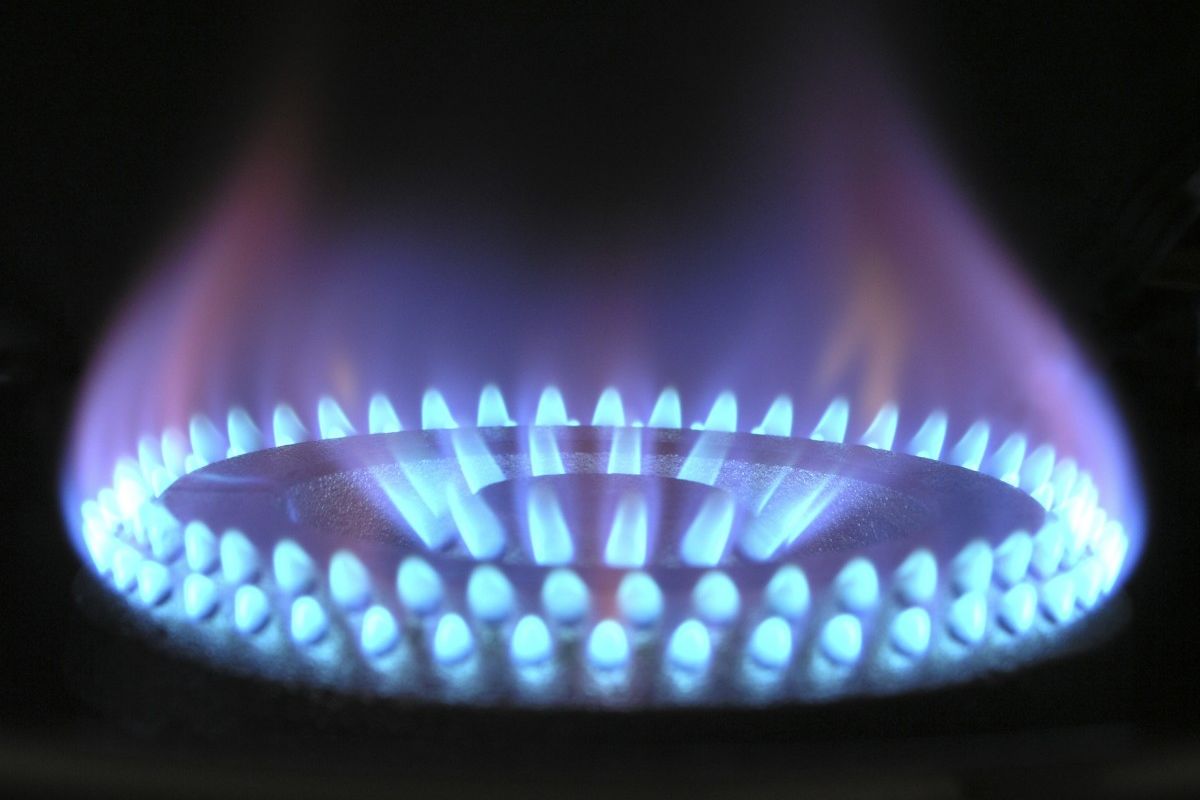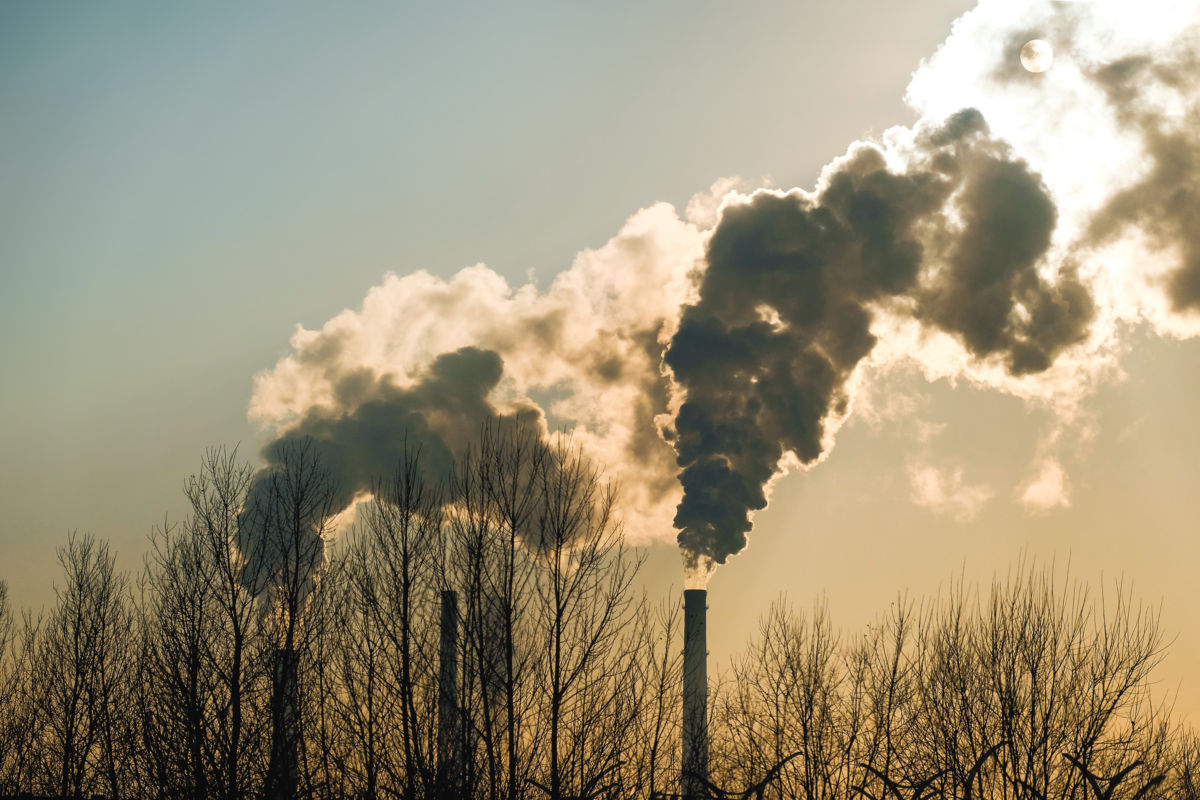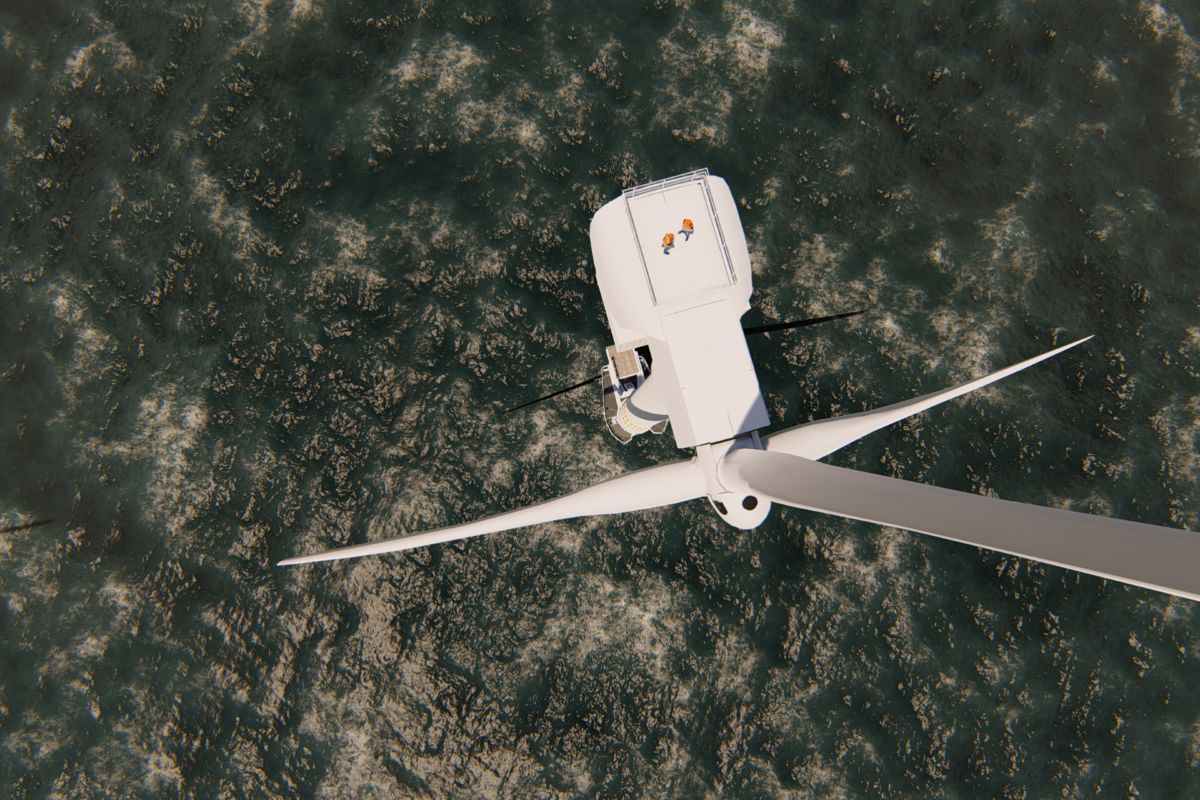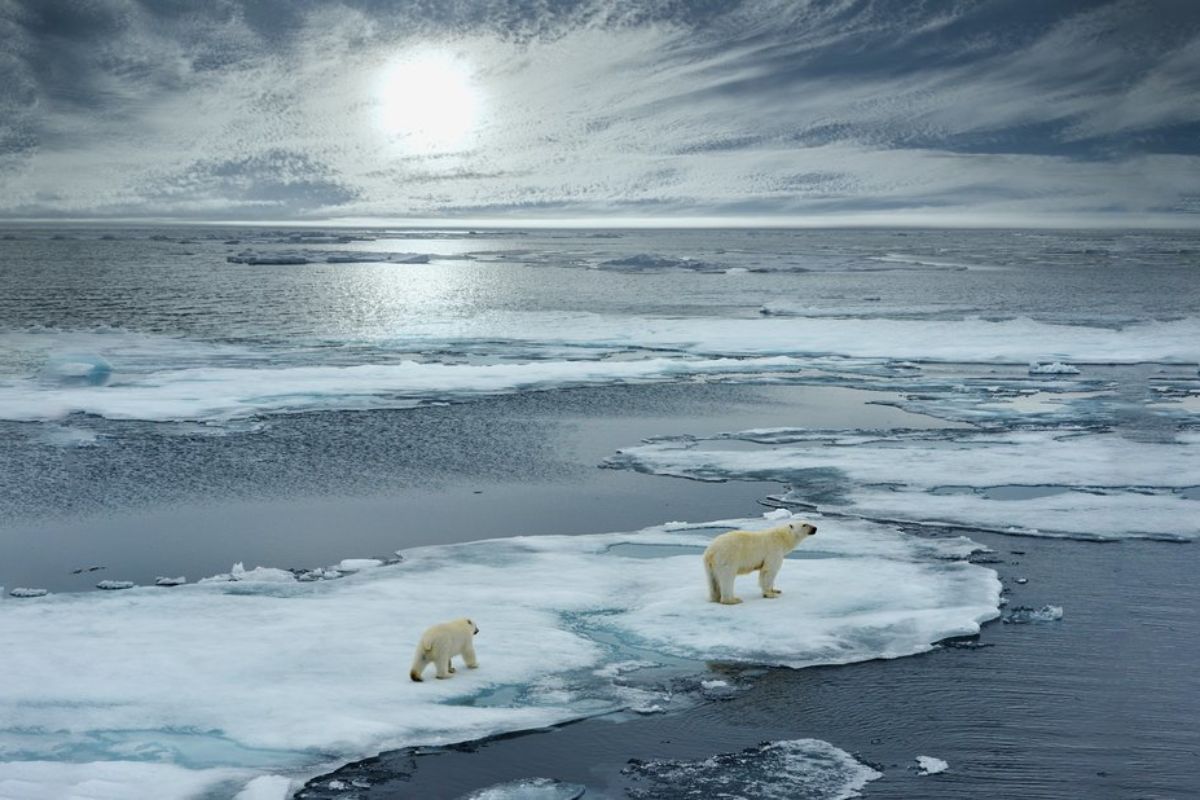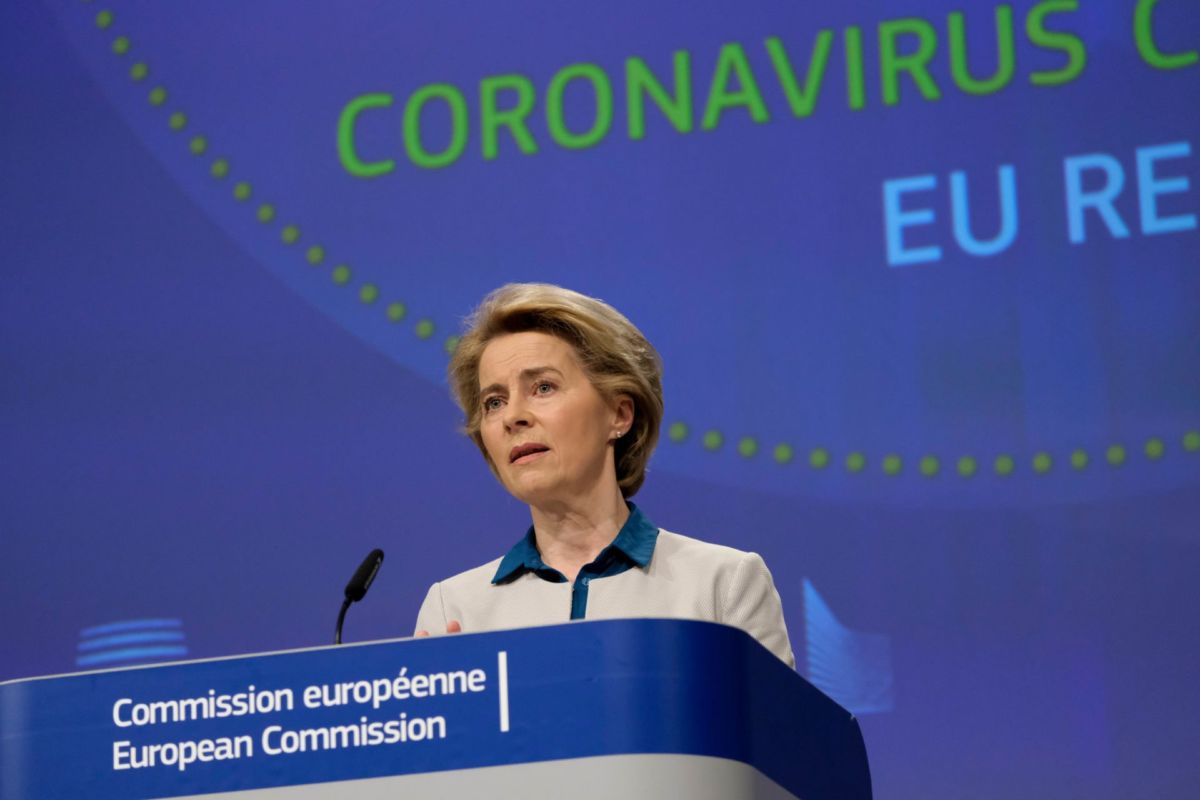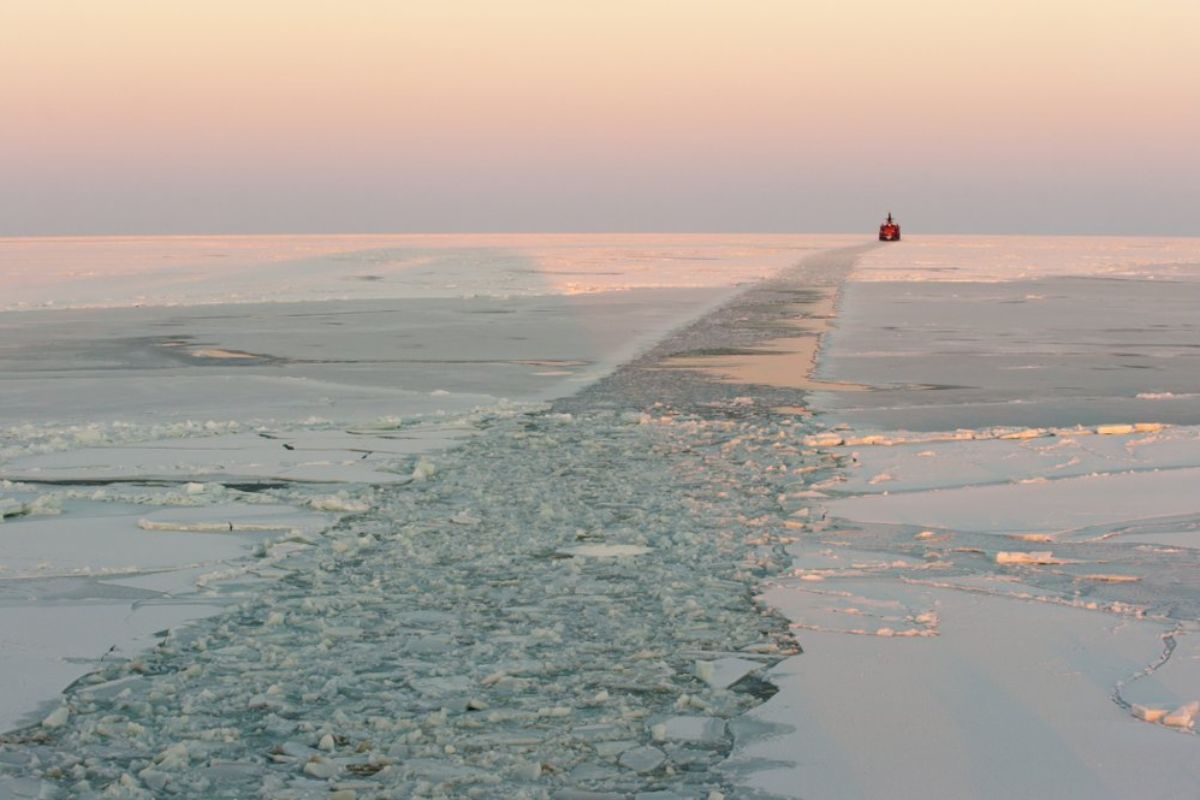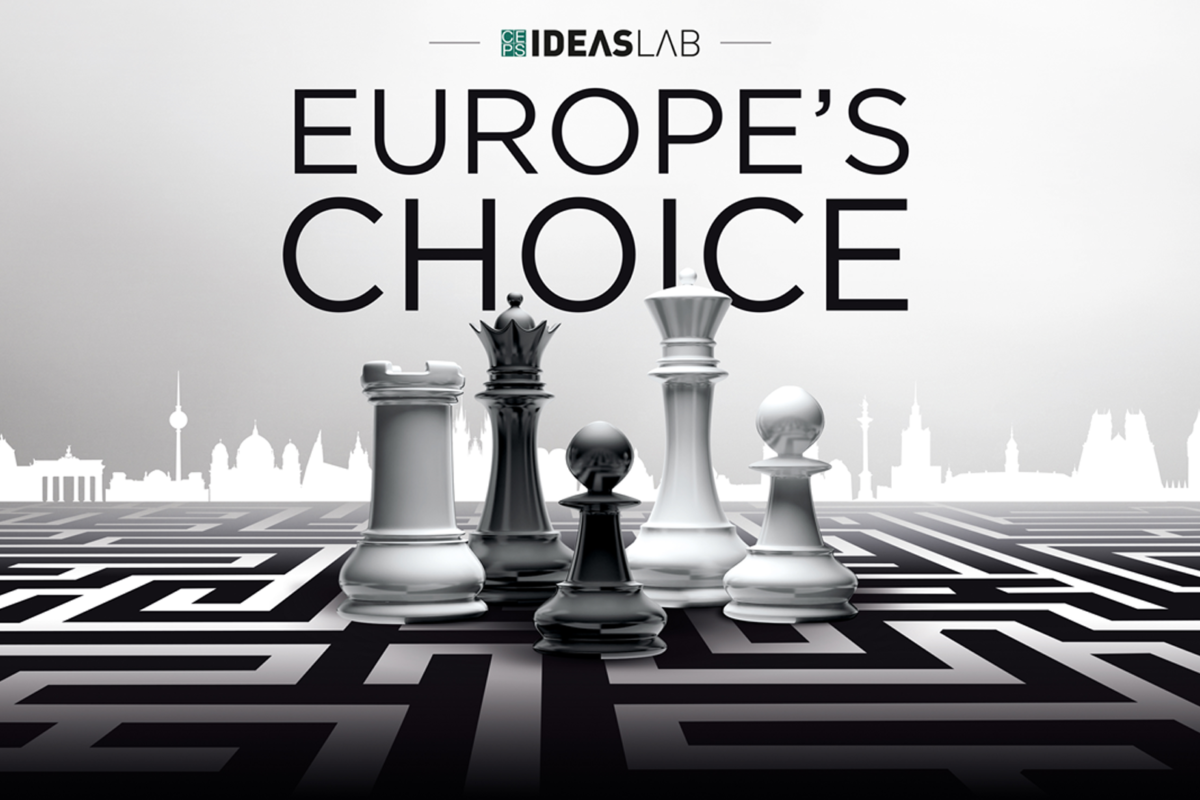As one of her first acts in office, Ursula von der Leyen launched the European Green Deal on December 11. This strategy succeeds the Energy Union of the Juncker Commission and aims to reach climate neutrality[1] – or “no net emissions of greenhouse gases” – in the EU by 2050.
The first hurdle is to obtain the endorsement of the European Council. Three member states are still opposed to the overarching goal of climate neutrality by 2050. But their objections are economic and financial. A package of financial compensation will thus have to be found to bring these three on board. This will be difficult to achieve at this European Council meeting because any ‘just transition fund’ will have to be integrated into the next MFF and agreement on the latter is unlikely before the end of next year.
This implies that in the short run, a fudge will have to be found that contains a more or less bankable promise of compensation inside the new MFF. One tried and tested way in the context of EU climate and energy policy is to ringfence a number of ETS allowances that can be monetised. This circumvents the MFF, as has been done with the Modernisation and Innovation Funds. However, to make a meaningful impact on an annual basis would require appropriating a significant share of allowances for this purpose.
We would argue that the idea that climate neutrality implies an unacceptable burden for today’s high emitters is not necessarily correct. It is usually cheaper to reduce emissions from a very high level to a moderate one (which would be required of today’s high emitters) than to reduce them from a moderate level to zero (which is what would be required of today’s low emitters).
Visegrád 4 countries should thus be regarded as low cost producers of emission reductions, rather than high volume emitters. When the price of avoiding emissions goes up, the lowest cost producers should benefit. This implies that the recent strong increase in the ETS emission certificates should be considered a relative benefit for V-4 countries. If anything, it has increased revenues from auctions.[2]
The ambition of the Commission is for a climate neutral continent. This target can only be achieved if other major European emitters collaborate. Counting Russia and Turkey as part of the continent, the cooperation of these two countries is essential, as by 2030, on current trends, they will become as important as the entire EU, which will then account for only one half of the emissions of the entire continent. It remains to be seen whether a ‘geopolitical’ EU can induce its neighbours to take action for the global climate.
Brexit plays a role here as well: the UK has seen the greatest reduction in emissions (among the larger MS). If the UK leaves the European ‘carbon bubble’, reaching even the target of a 40% reduction relative to 1990 by 2030 would be much more difficult. With the Johnson government ostensibly wanting to keep a greater distance from the EU internal market and the CJEU, close cooperation on climate policy may be tricky. In principle, the EU and the UK could still choose to have a joint ‘compliance bubble’ under the Paris Agreement, but this is more problematic without integrated policies. In the absence of the UK’s contribution, the remaining member states need to deliver greater emissions reductions, making any GHG target more challenging.
As always, the old Brussels adage applies: The Commission proposes, the Council disposes. But it is to be hoped the imperative of achieving the goals of this proposal will inspire the willingness necessary to reach a successful Green Deal.
[1] Climate Neutrality for the Commission means net-zero greenhouse gas emissions, i.e. any remaining emissions will be compensated with removals of carbon dioxide from the atmosphere through ‘negative emissions’.
[2] See “Scenarios for cohesive growth”, a report by Daniel Gros and Tomasz Kasprowicz for Visegrád Insight.


